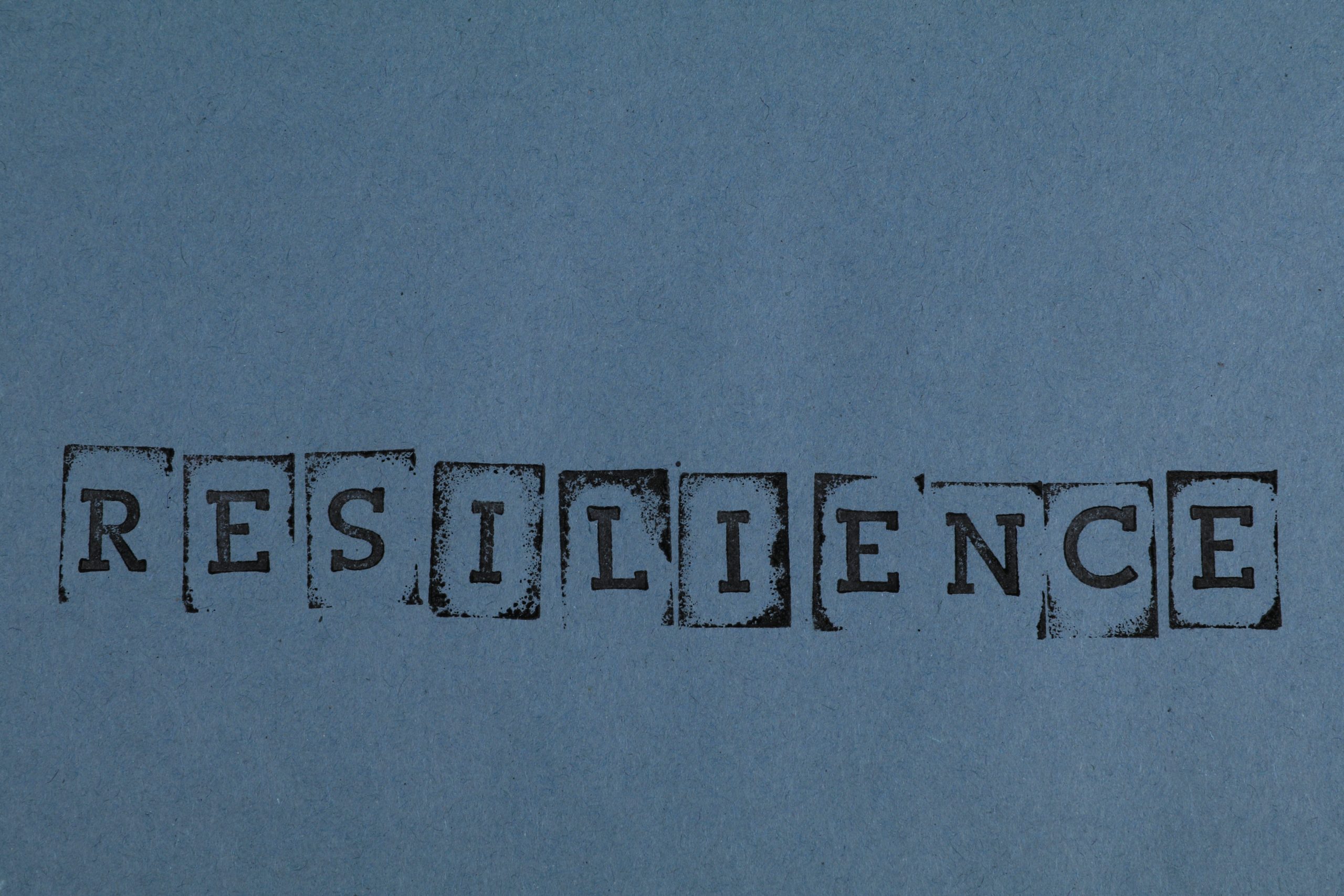When you hear the term “supply chain resilience,” what immediately comes to mind?
Chances are you will be flooded with thoughts of a black swan event such as the COVID-19 pandemic and how it has impacted the disruption of global supply chains. Never has a crisis so acutely exposed the cracks in our business models and tested our resilience and ability to respond. Some of the cracks were indeed chasms from which many businesses could not cross. I know of specific companies that exclusively rely on the foodservice industry. They lost 80%-85% of their revenues overnight! It meant massive layoffs and executive and senior management pay slashed by 30%-50% for many months, only to recover recently.
Some industries have no way of guarding against certain events. The hotel industry was down to 10%-15% occupancy rates versus 85% or higher during normal times. Theaters, amusement parts, bars, and many restaurants closed their doors, many permanently. But many hotels implemented goodwill marketing by offering free rooms to healthcare workers; some even gave rooms to the homeless. These goodwill gestures go a long way with consumers. Only those businesses with adequate reserves can survive such a blow.
But not all supply chain crises are baked in these black swan moments. These chasms can take many forms, the most notable involving the cross purposes of competing objectives. For example—and this is a little history lesson—more than a decade ago, IDC practice director Joe Barkai talked about an auto industry crisis on a much smaller scale involving Toyota.
Referencing how an earlier shortage of a piston ring costing a mere $1.50 paralyzed 70% of Japan’s auto production for one week, Barkai suggested Toyota could have avoided a similar crisis. Specifically, the looming vulnerability resulting from the Japanese automaker’s utilization of the same part for all models saves money and increases production efficiency.
While obviously on a much larger scale, the same can be said with the wholesale buy-in regarding the benefits of low-cost country sourcing and the current fall-out from the pandemic.
Chess Match Procurement
As Gerald Abrahams said when he teaches in his book The Chess Mind, “Good positions don’t win games, good moves do.”
Even though we cannot predict when and where a crisis will occur—for example, the lightning strike at a Philips plant in Mexico that contaminated millions of mobile phone chips—what we do now will determine our response’s effectiveness when the unexpected or unthinkable happens. After all, it was no accident that Nokia’s profits rose by 42% after the strike, while Ericsson lost more than US $400m in annual earnings and considerable market share.
What makes the COVID-19 crisis so frustrating from a supply chain standpoint is that we knew we were vulnerable but ignored it for the sake of cost savings. In other words, and according to Assistant Professor of International Trade, University of St. Gallen Frank Pisch, “the business model of the highly coordinated and efficient international supply networks,” had already “come under pressure” for a variety of reasons.
We were, to put it bluntly, a disruption waiting for a crisis to happen.
Resiliency Before It Rains
On leaving your home, have you ever looked outside to see ominous clouds of potential rain overhead and debated whether you should bring an umbrella? The general thought is that it is better to have an umbrella and not need one than to need one and not have it. We could say the same thing regarding resiliency in our supply chains.
Resiliency, especially with our supply chains, should not result from reactive measures after the fact, but proactive and strategic planning beforehand.
Strategic planning is where the 3Rs come into play.
The crisis has forced many into a respond, recover, and renew approach to dealing with supply chain disruption. Given how well supply chains recovered despite the obvious challenges, we can take a certain degree of pride in how we shifted gears to keep things going despite critical lapses.
However, and like Collins’ Doom Loop, staying in a perpetual state of respond, recover, and renew will likely see history repeat itself even with non-pandemic crises on a smaller, more regionalized scale.
Instead, we should look at creating resiliency from the standpoint of a renew, respond, recover model.
Putting Things in Proper Order
What does it mean to “renew” our vision of the modern global supply chain?
It means taking a step back and recognizing, as Pisch put it, that “pandemic events are ever more likely to happen in a globalized world,” and taking the appropriate measures today to devise the proper respond and recover strategy.

